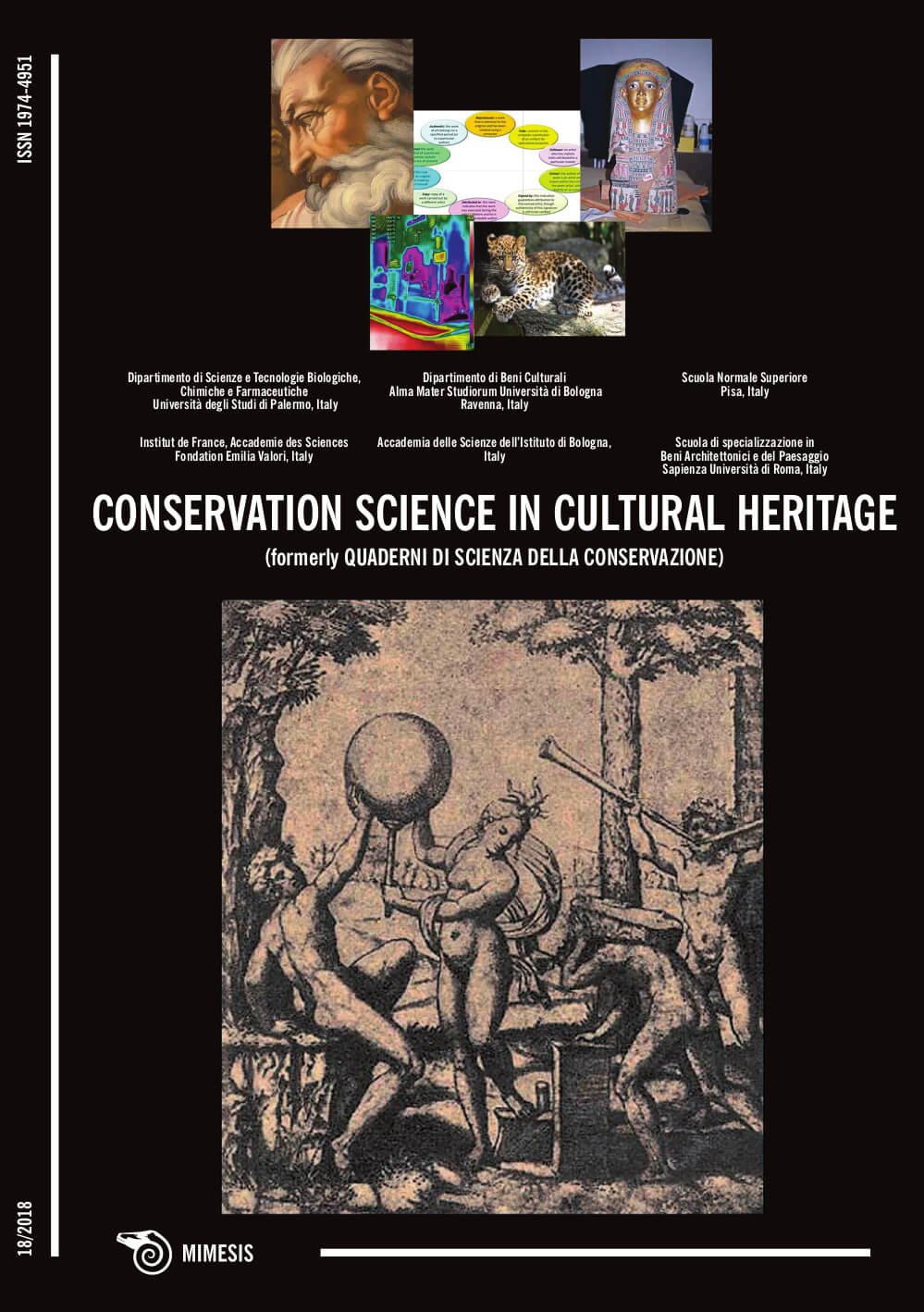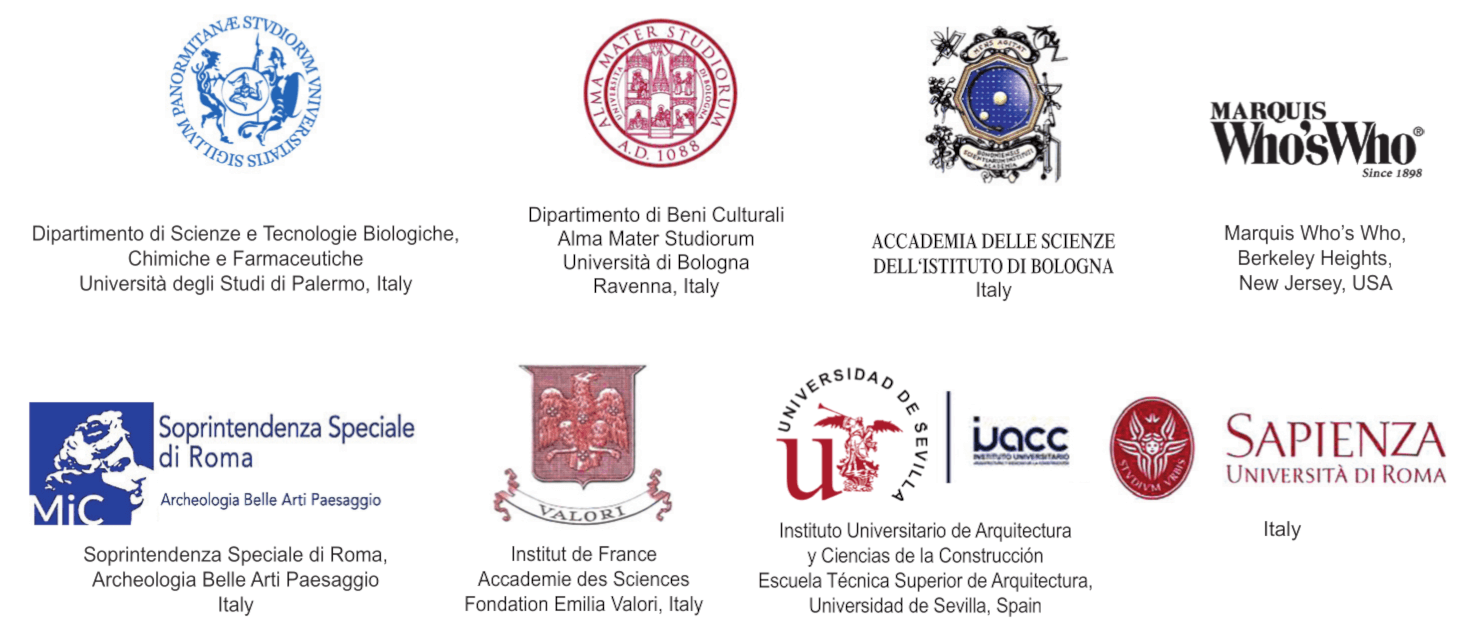Use and Efficacy of Thermography for Stratigraphic Analysis of Historical Buildings
DOI:
https://doi.org/10.6092/issn.1973-9494/9231Keywords:
thermography, historical buildings, stratigraphic analysis, restorationAbstract
The use of thermography made it possible to investigate an ancient church viewed from a historical perspective, in order to learn more about its construction characteristics. This non-destructive diagnostic technique enabled a stratigraphic investigation of the structures in elevation to be conducted, resulting in the acquisition of new information and confirming the validity of its use in this complex field of application.
This initial phase of knowledge acquisition provided an opportunity to propose a line of study to be conducted through the application of various instruments and techniques, starting with thermography, in accordance with a rational order. Instrumental results of the investigations as they are carried out, might suggest the location of points in which to continue with subsequent investigations, while at the same time defining appropriate guidelines in assessing the results.
Downloads
Published
How to Cite
Issue
Section
License
Copyright (c) 2018 Cesare Crova, Francesco Miraglia
Copyrights and publishing rights of all the texts on this journal belong to the respective authors without restrictions. Authors grant the journal right of first publication.This journal is licensed under a Creative Commons Attribution 3.0 Unported License. (full legal code)See also our Open Access Policy.






